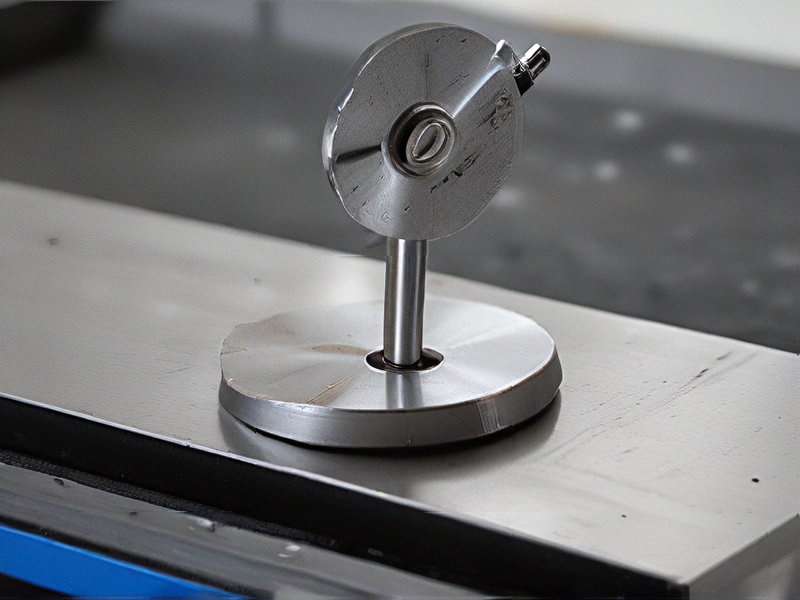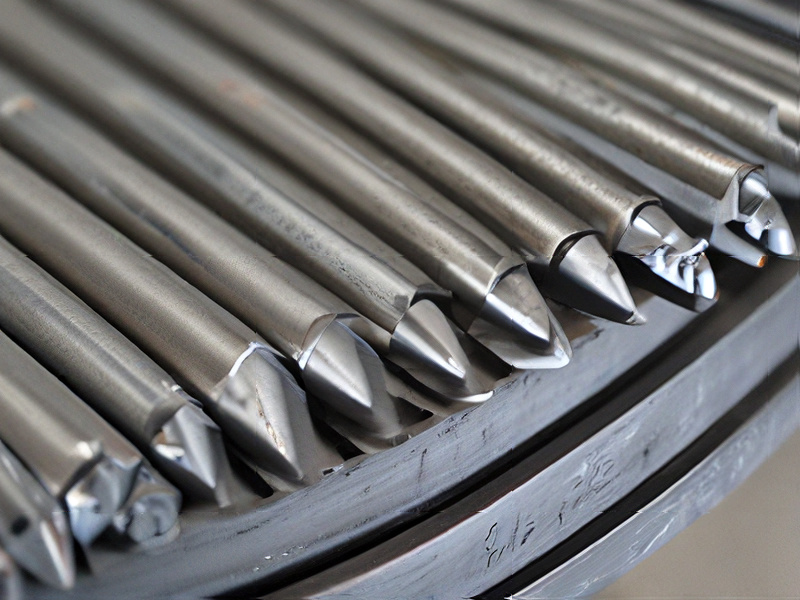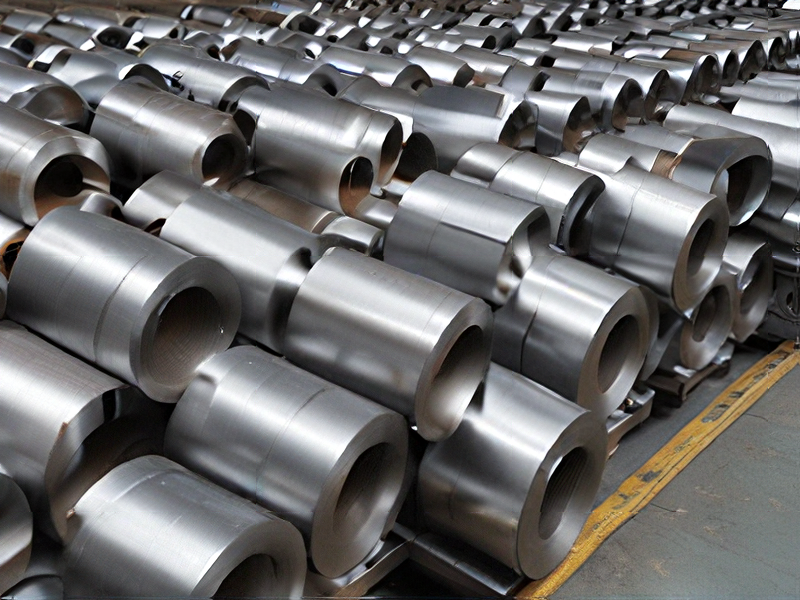Technology and Applications of tempering of metals
Tempering is a critical heat treatment process used primarily to enhance the mechanical properties of metals, particularly steel. It involves reheating previously hardened or quenched metal to a temperature below its critical point and then allowing it to cool in still air. This controlled heating and cooling process reduces the brittleness caused by earlier hardening procedures while retaining or even improving the metal’s strength.
The technology of tempering serves several key purposes. First, it reduces the internal stresses that develop during quenching, which can make the metal brittle and prone to fracture. By reheating the metal, tempering redistributes these stresses, improving toughness and ductility. Second, tempering adjusts the hardness of the metal to achieve specific mechanical properties suitable for different applications. This flexibility allows engineers to tailor the material’s characteristics to meet specific performance requirements.
Applications of tempering are widespread across various industries. In automotive manufacturing, tempered steel is used for crankshafts, gears, and other critical components requiring high strength and durability. In construction, tempered steel reinforces structures, offering robustness against external forces. Tools and cutlery benefit from tempered metals, ensuring they maintain sharp edges without becoming brittle. Furthermore, in aerospace and defense applications, tempered metals provide lightweight yet sturdy components for aircraft and military equipment.
Overall, tempering is a fundamental heat treatment technology that balances hardness with toughness in metals, making it indispensable across diverse industrial sectors where reliable performance under varying conditions is paramount.

Quality Testing Methods for tempering of metals and how to control quality
Quality testing methods for tempering of metals typically include a combination of physical, mechanical, and metallurgical tests to ensure desired properties such as hardness, toughness, and durability are achieved. Here are some common methods:
1. Hardness Testing: Measures the material’s resistance to indentation or scratching using methods like Rockwell, Brinell, or Vickers hardness tests. For tempered metals, the hardness should fall within specified ranges to ensure proper strength and wear resistance.
2. Microstructure Examination: Involves metallographic analysis using optical or electron microscopy to inspect the grain structure and phase composition. Tempered metals should exhibit a fine and uniform microstructure to ensure strength and toughness.
3. Tensile Testing: Determines the material’s mechanical properties under tension, including yield strength, ultimate tensile strength, and elongation. This helps ensure the metal can withstand applied loads without deformation.
4. Impact Testing: Evaluates the material’s resistance to sudden loading or shock using tests like Charpy or Izod impact tests. Tempered metals should demonstrate adequate toughness and ductility to absorb energy without fracturing.
5. Chemical Analysis: Verifies the chemical composition of the metal, ensuring it meets specified requirements for alloying elements and impurity levels.
To control quality during tempering, strict process parameters must be maintained:
– Temperature Control: Ensure precise heating and cooling cycles to achieve the desired tempering temperature and avoid overheating or underheating.
– Time Control: Maintain consistent holding times at the tempering temperature to allow for proper transformation of the microstructure.
– Quenching Medium: Use appropriate quenching media to achieve the desired hardness and microstructure.
– Process Documentation: Record and analyze data from testing and inspections to identify trends and ensure compliance with quality standards.
By employing these methods and controls, manufacturers can reliably produce tempered metals with consistent quality and performance characteristics suitable for their intended applications.

Tips for Procurement and Considerations when Purchasing from tempering of metals
When procuring tempered metals, it’s crucial to consider several key factors to ensure quality and cost-effectiveness.
1. Supplier Reliability: Choose reputable suppliers with proven track records. Check for certifications like ISO 9001, which indicate adherence to quality management standards.
2. Material Specifications: Clearly define the material specifications required for your project, including the type of metal, hardness, tensile strength, and other relevant properties. Ensure the supplier can meet these specifications consistently.
3. Quality Assurance: Request certificates of compliance and material test reports (MTRs) to verify the metal’s properties. Conduct sample testing for critical applications to confirm the material’s suitability.
4. Heat Treatment Processes: Understand the heat treatment processes used by the supplier, such as quenching and tempering. Ensure they follow industry standards to achieve the desired mechanical properties.
5. Lead Time and Delivery: Evaluate the supplier’s lead times and their ability to meet your project deadlines. Reliable delivery schedules are crucial to avoid project delays.
6. Cost Considerations: Compare prices from multiple suppliers, but don’t compromise on quality for lower costs. Consider total cost of ownership, including transportation, handling, and potential downtime due to material failure.
7. Compliance and Standards: Ensure the metal complies with relevant industry standards and regulations, such as ASTM, EN, or ISO. This is critical for safety and performance, especially in regulated industries.
8. Environmental and Sustainability Practices: Consider suppliers who adopt environmentally friendly practices and sustainable sourcing. This not only supports environmental responsibility but can also enhance your company’s corporate social responsibility profile.
9. Supplier Support: Assess the level of technical support and customer service offered by the supplier. This can be crucial in resolving issues quickly and effectively.
10. Long-term Partnerships: Building long-term relationships with reliable suppliers can result in better pricing, consistent quality, and more efficient supply chain management.
By carefully considering these factors, you can ensure that your procurement of tempered metals is both efficient and aligned with your quality and project requirements.

FAQs on Sourcing and Manufacturing from tempering of metals in China
Certainly! Here are some frequently asked questions (FAQs) regarding sourcing and manufacturing, specifically on tempering of metals in China:
1. What is tempering of metals?
Tempering is a heat treatment process used to improve the mechanical properties of metals, such as steel, by reducing brittleness and increasing toughness.
2. Why consider sourcing from China for tempering services?
China offers competitive pricing, advanced manufacturing capabilities, and a wide range of specialized tempering techniques suitable for various metal alloys.
3. What factors should I consider when selecting a tempering service provider in China?
Key factors include their expertise with your specific metal alloys, quality certifications (e.g., ISO), production capacity, lead times, and their ability to meet regulatory standards.
4. How can I ensure quality control in Chinese manufacturing for tempering?
Implementing rigorous quality control measures such as regular inspections, adherence to international standards, conducting audits, and requesting samples for testing can help maintain quality.
5. What are common challenges when sourcing tempering services from China?
Challenges may include communication barriers, intellectual property protection, fluctuating raw material costs, and ensuring consistent quality over time.
6. Are there advantages to outsourcing tempering services to China?
Yes, advantages include cost-effectiveness, access to advanced technology and skilled labor, scalability for large production runs, and flexibility in production scheduling.
7. How do I manage logistics and shipping when sourcing from China?
Partnering with experienced freight forwarders, clarifying shipping terms (FOB, CIF, etc.), considering packaging requirements, and planning for customs clearance are essential steps.
8. What steps should I take to protect my intellectual property when sourcing from China?
Utilizing nondisclosure agreements (NDAs), registering trademarks and patents, restricting access to sensitive information, and working with trusted partners are critical for IP protection.
9. How can I verify the credibility of a tempering service provider in China?
Conducting background checks, requesting references from previous clients, visiting their facilities if possible, and verifying certifications and licenses can help establish credibility.
10. What are typical lead times for tempering services in China?
Lead times can vary based on the complexity of the job and current production schedules, but typically range from a few days to several weeks, depending on the volume and requirements.
These FAQs should provide a solid foundation for understanding the considerations and processes involved in sourcing and manufacturing tempering services from China.

